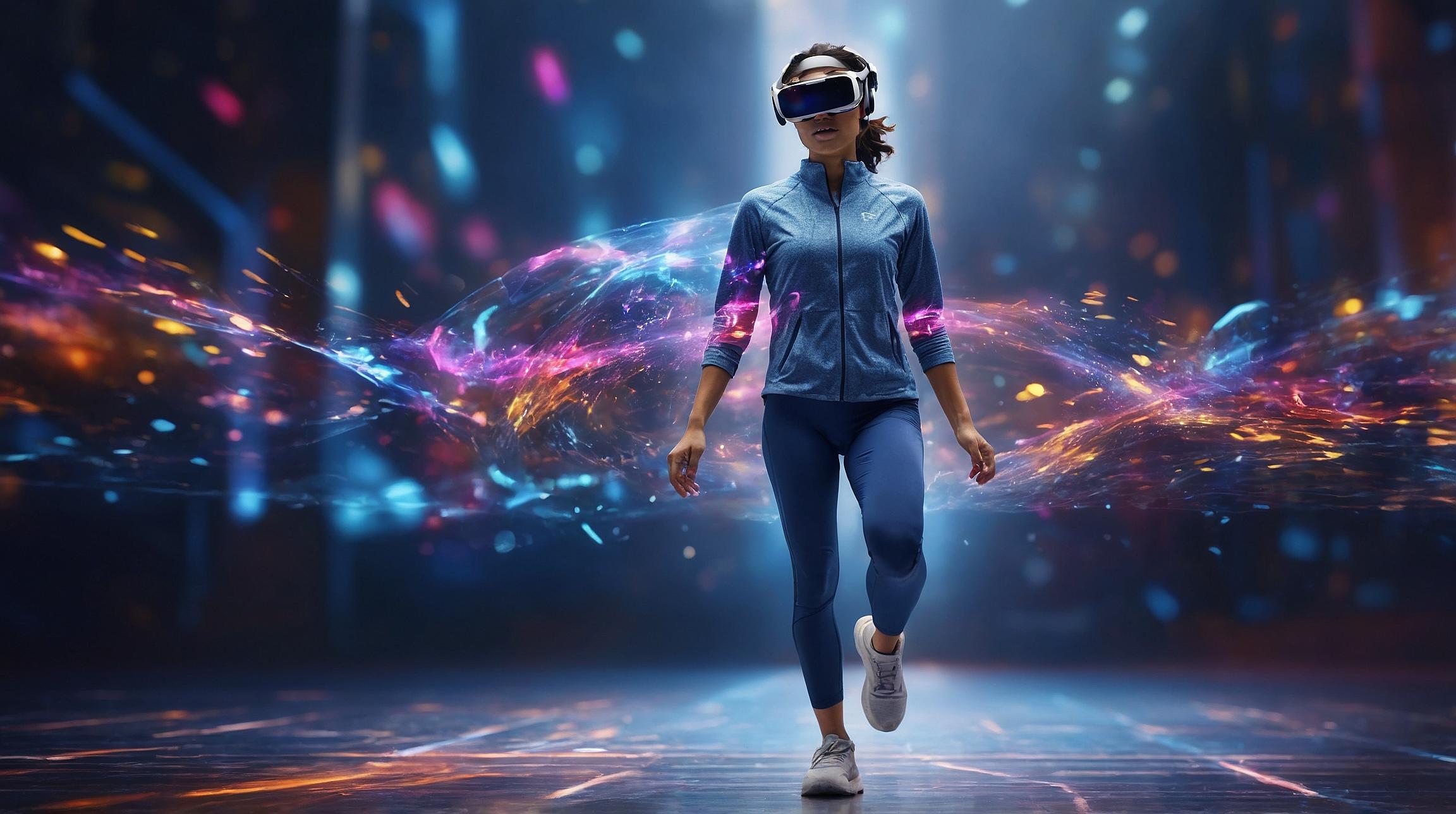Pico Motion Trackers: Bringing Legs into Virtual Reality
In the ever-evolving world of virtual reality (VR), having a fully immersive experience means more than just seeing virtual worlds. It's about feeling and moving in them as naturally as possible. Enter the Pico Motion Trackers, a breakthrough in affordable leg tracking technology for VR enthusiasts.
A New Era for VR Enthusiasts
At a recent launch event in China, Pico unveiled these new trackers alongside their latest headset, the Pico 4 Ultra. These motion trackers are designed to work with Pico's existing headset lineup, including the Pico Neo 3, Pico 4, and Pico 4 Ultra. Although initially announced for the Chinese market, the presence of detailed information in English on Pico's website hints at an upcoming international release.
Simple Setup and Usage
The Pico Motion Trackers are incredibly user-friendly. They attach to your ankles with a strap, and to calibrate, you simply need to glance at them for five seconds. This simplicity makes them accessible even for those new to VR technology. The headsets support up to three trackers, allowing for comprehensive motion tracking. A third tracker can be placed on the waist for even more precise movement capture.
Affordable Pricing and Long-lasting Battery
Priced at just ¥400 (approximately $55 USD) for a pair, these trackers provide an affordable option for VR users. They feature a substantial 25-hour battery life and are easily rechargeable via USB-C. These features make them not only affordable but also convenient for extended gaming or VR experiences.
Advanced Tracking Technology
Pico combines 3-DoF (Degrees of Freedom) and 6-DoF tracking to offer a balanced approach between cost and performance. The trackers utilize an IMU sensor for basic orientation tracking (3-DoF) and 12 infrared lights for more detailed spatial tracking (6-DoF). This fusion allows for accurate step recognition, boasting a 98% accuracy rate with a latency of just 20 milliseconds.
Compatibility and Game Support
These motion trackers are set to support over 20 standalone games from the Chinese Pico Store at launch. Additionally, they promise compatibility with PC VR applications through Pico Connect, broadening the range of experiences available to users.
Competitive Edge in the Market
Pico's solution strikes a balance between budget and performance. It positions itself between Sony's affordable Mocopi trackers, which use only IMUs, and HTC's high-end Vive Ultimate trackers, equipped with built-in cameras for spatial tracking. This makes Pico's offering particularly attractive for users seeking quality without the premium price.
The Pico Motion Trackers are set to hit the market in China on September 2, 2024, alongside the Pico 4 Ultra, marking a significant step forward in making immersive VR experiences more accessible to all.













